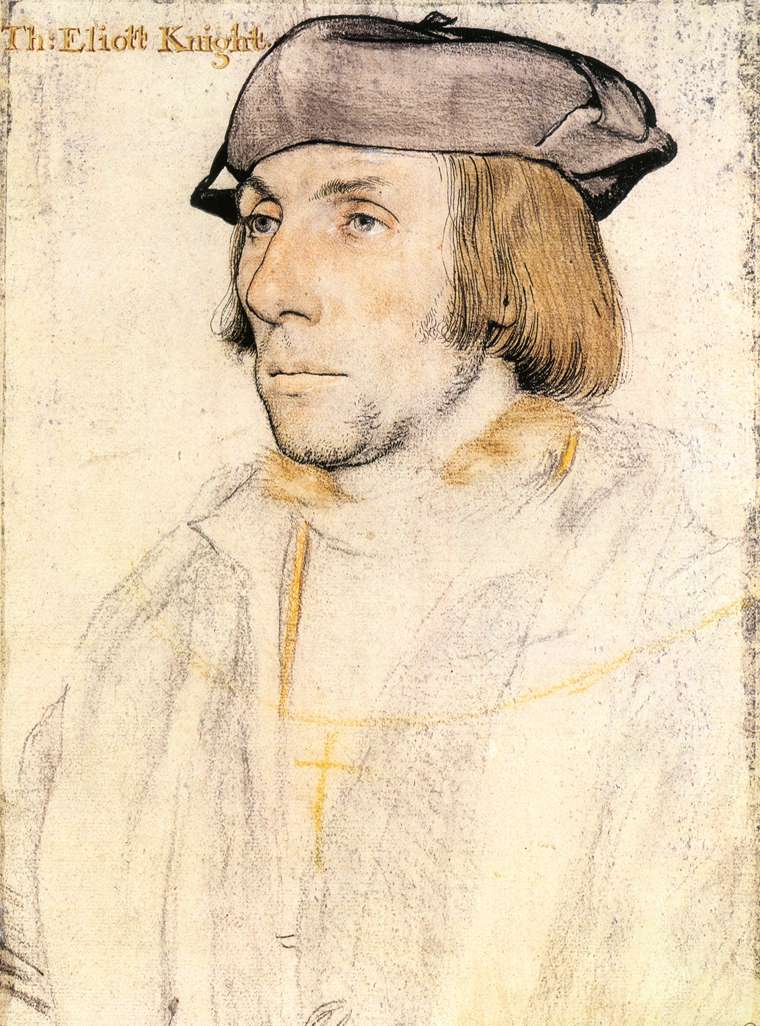Tate Britain’s sober but exemplary new exhibition, “Hans Holbein in England”, contains a startlingly vivid array of portraits of the Tudor aristocracy. They are, in fact, the first fully achieved portraits of English people. The melancholy truth is that notwithstanding the efforts of all to have followed in Holbein’s wake, from Van Dyck to Reynolds, from Lawrence to Lucian Freud, they have never been bettered.
Many of the most striking works in this exhibition are taken from the rich resource of Holbein’s preparatory sketches preserved in the Royal Library at Windsor. Rarely loaned, because of their vulnerability to prolonged light-exposure, they are small miracles of precise observation. Not since 1983, when they were exhibited at the Pierpont Morgan Library in New York, has quite such an impressive selection of these works been placed on public display. On that occasion, they stirred Time’s art citic Robert Hughes to pronounce that “Nobody else got the knobbly mild face of English patrician power so aptly, or saw so clearly the reserves of cunning and toughness veiled by the pink mask.” Hung at Tate Britain on walls the colour of bitter chocolate – an elegant stroke of exhibition design – they are like windows on to the world of the past. They bring the viewer face to face with people who lived and breathed and fought and dreamed and schemed and struggled almost five hundred years ago.
Sir Thomas Elyot, drawn by Holbein, stares impassively into space, his mouth set in an expression of stoic determination. He seems the very image of courtly hauteur and self-possession, although there is also a touching sense of humanity about him, conveyed by the loose strands of tousled hair that complicate the sharp profile of his face, and by the stubble that shadows the line of...

Holbein in England at Tate Britain 2006
01-10-2006

